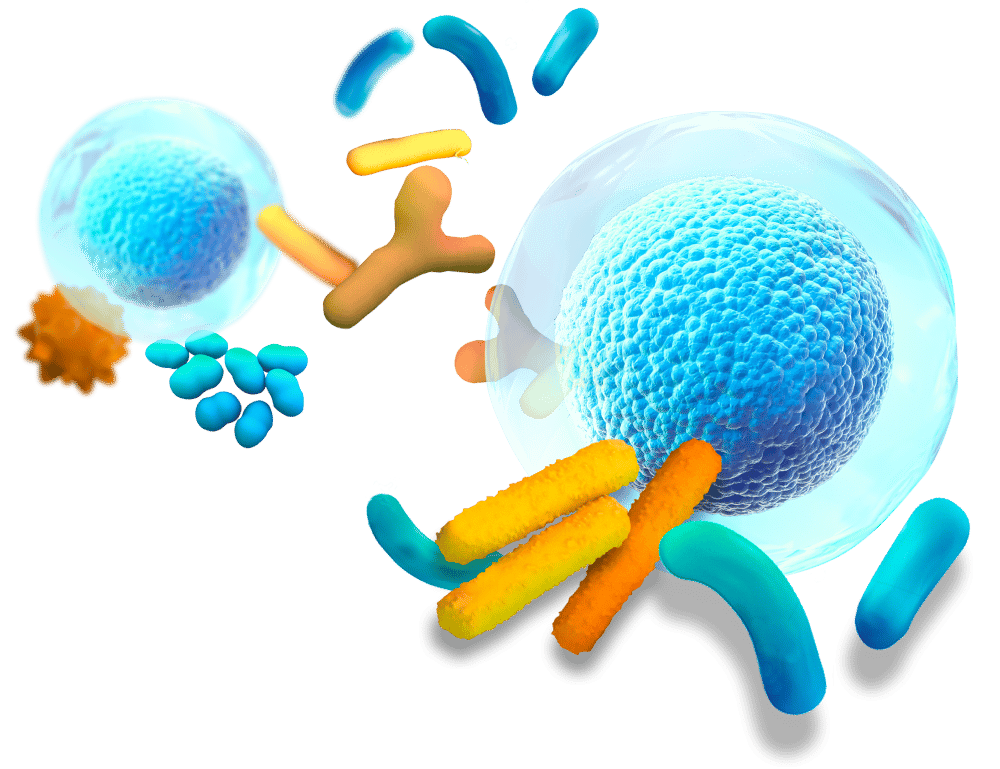Non-alcoholic liver disease (NAFLD) is considered the hepatic manifestation of the metabolic syndrome (which includes abdominal obesity, hyperglycemia, dyslipidemia and hypertension), and the leading cause of liver disease. NAFLD, like the metabolic syndrome, is a strong predictor of the development of type 2 diabetes. NAFLD includes a spectrum of liver diseases such as steatosis, or fatty liver disease, characterized by an accumulation of lipids in the liver. Steatosis is a benign pathology but predisposes to severe forms such as inflammatory steatosis (steatohepatitis or NASH) that can lead to the deleterious stages of cirrhosis and liver cancer. NAFLD affects a significant proportion of the world’s population and is recognized as a major public health issue. All metabolic pathologies constitute important risk factors for cardiovascular morbidity and mortality through the occurrence of myocardial infarction and stroke.
The diagnosis of inflammatory forms of NAFLD (NASH) requires liver biopsies, invasive approaches associated with risks of bleeding. Moreover, the factors and mechanisms involved in the transition from one stage of the disease to another are not clearly identified. Various clinical trials of therapeutic molecules are underway but there are no drugs available for the treatment of NAFLD. Lifestyle interventions are the best treatment for NAFLD, but these behavioral changes are difficult to achieve and maintain over time.
Therefore, relevant preclinical models are needed to elucidate the factors and mechanisms involved in NAFLD and to identify predictive biomarkers for this disease. Epidemiological studies demonstrate a link between metabolic liver disease and a diet high in fat and sugar. The nutritional composition of carbohydrate and/or lipid diets influences the occurrence of metabolic pathologies. Different diets leading to the development of NASH (high fat diet, western diet) by mimicking this type of diet are available in animal experiments. Recent studies show that the quality of dietary proteins can also influence the development of NASH, with whey proteins playing a protective role against this pathology.
Non-alcoholic liver diseases have an impact on metabolic and endocrine disturbances and on blood coagulation. This project associates three teams with complementary expertise in these fields and a company from the Occitanie region and Enterosys, a young company that wishes to develop its expertise in this field.
